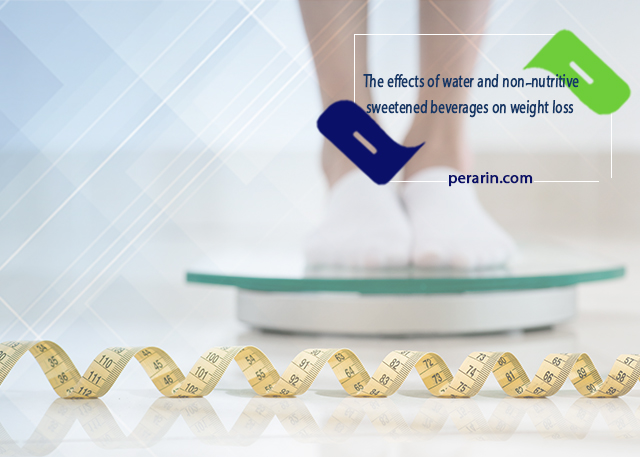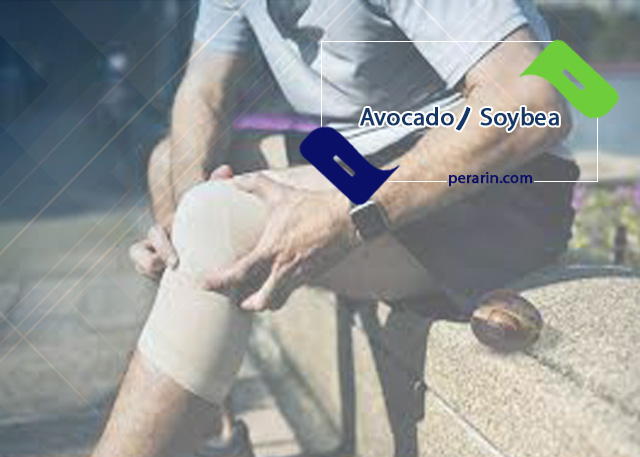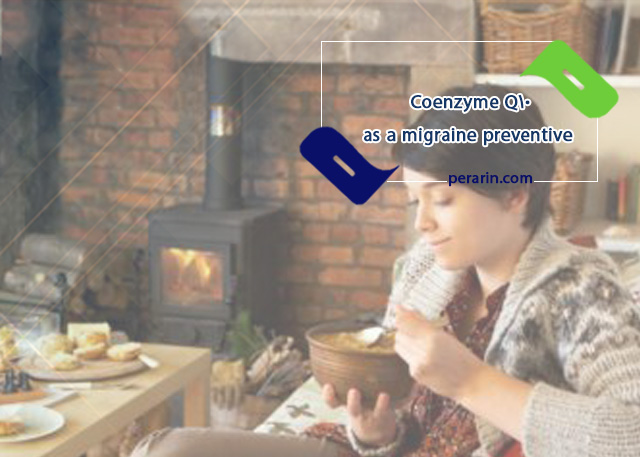
What is Saccharin?
What is Saccharin?
Saccharin, also called saccharine or benzosulfimide, or used in saccharin sodium or saccharin calcium forms, is a non-nutritive artificial sweetener. Saccharin is a benzoic sulfimide that is about 500 times sweeter than sucrose, but has a bitter or metallic aftertaste, especially at high concentrations. It is used to sweeten products, such as drinks, candies, baked goods, tobacco products, excipients, and for masking the bitter taste of some medicines. It appears as white crystals and is odorless.
Saccharin is one of the most thoroughly tested food ingredients in the world. Extensive research has affirmed the sweetener’s safety time and again. The evidence in support of saccharin’s safety includes more than 30 human studies, one of which was conducted by the National Cancer Institute and involved over 9,000 individuals.
How is saccharin different from sugar?
Both saccharin and sugar provide sweet taste. However, saccharin is 200–700 times sweeter than sugar, so only a tiny amount is needed to provide the same level of sweetness as sugar. In addition, saccharin is calorie-free, while sugar provides four calories per gram. When we consume sugar, our body breaks it down into glucose and fructose, uses what it needs for energy, and stores the rest in various forms for future use. In contrast, when we consume saccharin, our bodies don’t break it down or use it for energy. Instead, saccharin passes through the body unchanged, providing no calories in the process.
Is saccharin safe?
Yes, saccharin is safe to consume. It’s one of eight low and no-calorie sweeteners permitted by the U.S. Food and Drug Administration (FDA) for use in the U.S. food supply.
In addition to the FDA, leading global health authorities such as the European Commission’s Scientific Committee on Food (SCF, now known as the European Food Safety Authority) and the Joint FAO/WHO Expert Committee on Food Additives (JECFA) have concluded that saccharin is safe for human consumption. The safety of saccharin has also been confirmed by Japan’s Ministry of Health, Labour and Welfare; Food Standards Australia New Zealand; and Health Canada. Based on the conclusions of worldwide government and health organizations, saccharin is permitted for use in more than 100 countries.
Many of these approvals of saccharin came after concerns were raised in the 1970s about the safety of consuming saccharin. Initial studies at the time suggested that saccharin was linked to bladder cancer in male rats and might similarly affect humans. Through subsequent research, however, it was determined that saccharin does not cause cancer in humans, because the biological mechanisms responsible for the development of cancer from saccharin consumption are specific to rats and do not apply to human bodies.
Did you know?
Did you know that there is a purpose behind the different colors of common tabletop sweeteners? For those in the know, differently colored packets make it easier to quickly identify and choose your preferred type of sweetener. You may be most familiar with the color of sugar packets: White packets contain table sugar, and brown packets contain raw sugar. But low- and no-calorie sweetener packets have a consistent color code as well: Pink packets contain saccharin, blue packets contain aspartame, green packets contain stevia sweeteners, and yellow packets contain sucralose.



